All about planting gooseberries

Planting gooseberries and further caring for them practically do not differ from caring for other garden crops, but they have their own characteristics. If you follow the agrotechnical rules for breeding gooseberries, it is able to bear fruit for 20-30 years. Let's figure out how to grow a healthy, high-yielding shrub.
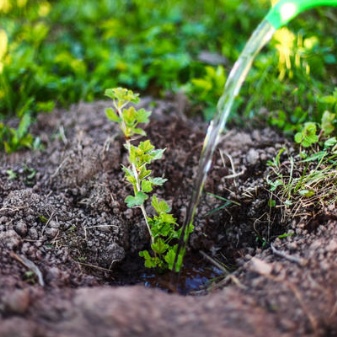
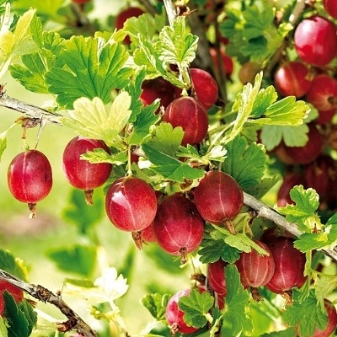
Timing
Planting shrubs in different seasons has its own pros and cons. In order for the gooseberry to start, you need to know what time to plant it.
Autumn
Most experienced gardeners believe autumn is the best time to plant. Of the positive aspects of the autumn planting, the following can be indicated:
- there is an impressive selection of seedlings of good quality and various types on the market;
- due to the completion of garden work, there is more free time for the preparation and planting of gooseberry bushes;
- the plant before the arrival of cold weather will not require time-consuming care.
Planting gooseberries in the fall also has negative features. The key one is the danger of death of the seedling from frost. In most cases, this happens if the disembarkation time is not followed.
For different regions, there will be a time for planting young bushes. You can see the timing information below:
- in the regions located in the central European part - the end of October (from 26 to 30);
- Volga region - the second half of October (from 14 to 30);
- Leningrad Region, Ural, Siberia - from late September to early October;
- southern regions of the Russian Federation - the first half of October (from 1 to 14).
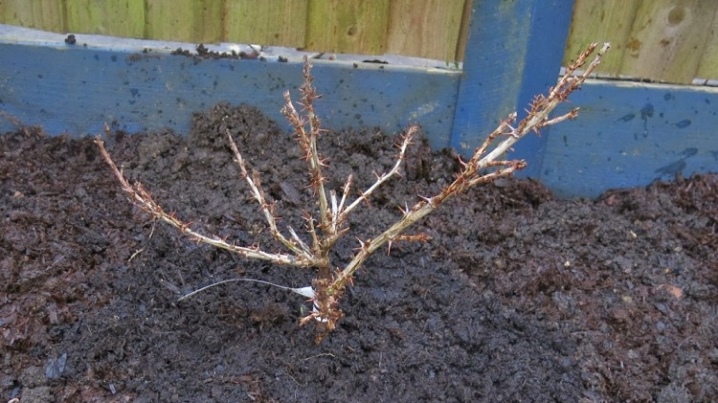
Spring
Spring planting of gooseberries is also used quite often. The key advantage is the abundance of moisture in the ground at this time, as a result of which the plant takes root better.
However, there are also disadvantages:
- there are few good quality seedlings in the assortment (mainly in the spring, the leftovers are sold from the fall);
- in the spring, gardeners do not have enough free time, and a slight delay in planting can provoke the death of the plant.
In addition to seedlings, in the springtime you can plant cuttings prepared in autumn about 20 centimeters in size. They are dug into the ground in early spring at a distance of 15 centimeters from each other and at an angle. The soil around them must be compacted and peat put on it.
Planting times differ based on the area:
- Moscow region - mid-April;
- Volga region - mid-April;
- Leningrad Region, Ural Region, Siberia - end of April;
- Caucasus, Kuban, Stavropol Territory - early April.
It is necessary to adhere not only to the timing, but also to the landing conditions:
- It's a nasty day;
- calm weather;
- ambient air temperature from + 4 ° C (it would not hurt if a similar weather forecast was for the next few days).
In summer, only cuttings are allowed. Seedlings at this time, as a rule, do not take root due to hot weather and die. Cuttings taken from the bush are stuck into the soil, which is moistened all the time. The root system should develop before winter.
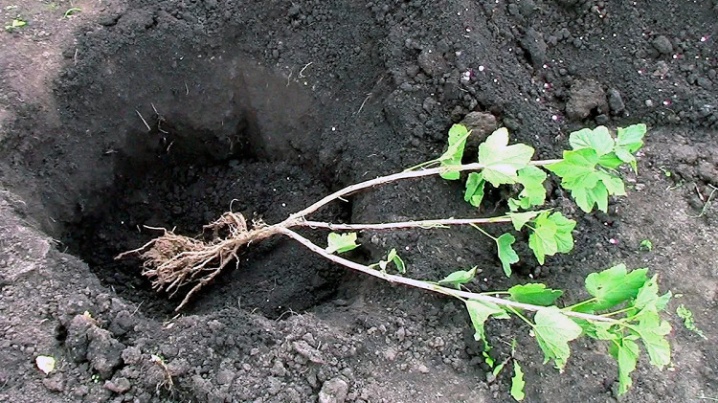
A place
Gooseberry bushes will stay in one area for a long time. Therefore, choosing a landing site is required in detail, and the following tips can help you with this.
- The place should be chosen warm, sunny (however, the plant also tolerates slightly shaded places).
- The site should be sheltered from drafts and cold winds.
- Groundwater must be deep, there can be no liquid stagnation and waterlogging.
- Lowlands should be avoided, it is advisable to select flat or slightly elevated areas.
- Don't forget about unfavorable predecessors and neighbors. After and near them, it is undesirable to breed a culture, the reason is poor compatibility. They take away the nutrients that gooseberries need, and they also have the same diseases and parasites.
When choosing an area for a shrub, it is very important what kind of vegetation grows nearby and after which gooseberries are planted. It can be planted near the following crops:
- other varieties of gooseberries;
- Red currant;
- spicy green herbs;
- tomatoes.

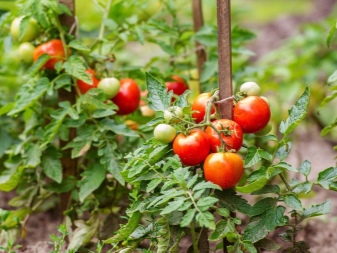
Do not plant gooseberries in the vicinity of the following plants:
- trees (apple, cherry, pear) and tall bushes that cast a shadow on the gooseberry;
- black currant: has identical diseases, pests;
- raspberries: strongly depletes the earth, attracts moths, aphids, weevils;
- fennel, hyssop: substances secreted by their roots negatively affect the formation of gooseberries.
Good predecessors:
- legumes;
- potatoes;
- roots;
- strawberries;
- green manure plants.
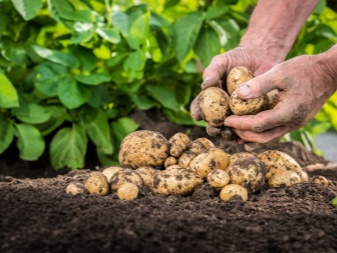
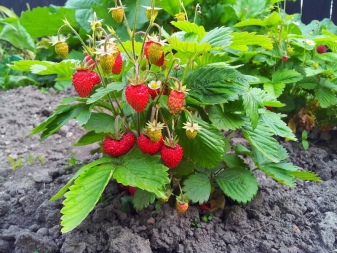
Selection of seedlings
A strong and good quality seedling is, of course, not the only requirement for a gardener, but an extremely important point. Before purchasing, you must make a choice about the crop variety. It is highly recommended to take zoned varieties that are suitable for growing in your area.
If you want to purchase a solid and high-quality sample, then it is safer to buy a seedling in special garden centers and retail outlets with a good reputation. The following information will help you choose a strong and good quality open-root gooseberry seedling (ACS).
- The age of the shrub sapling is 1-2 years.
- A good seedling should have 3-4 shoots, and their length will not be shorter than 25-30 centimeters.
- The thickness of the shoot on a one-year-old seedling is 6-8 millimeters, and the thickness of the shoot of a 2-year-old seedling is 8-10 millimeters.
- The roots should be well developed, without breaking the integrity, dried out or rotten specimens. The length of the root system is at least 20-25 centimeters. Correct roots are dark in color.
- The shoots should be free of damage (scratches, cracking, and so on), the integrity of the bark cannot be compromised.
Tip: in order to correctly assess the quality of the roots, you should carefully pull on the small root, and if it opens easily, then this indicates that the roots are dry. You should refuse to purchase this sample.
When selecting a container-grown seedling (with a closed root system), it is necessary to focus on the following points:
- seedlings are firmly and securely fixed in the container;
- if possible, then examine the earthen lump: white roots should be clearly visible in it;
- the ideal shoot length is no shorter than 40-50 centimeters.

Landing technology and scheme
When the planting hole and material are prepared, you can begin the planting process. Planting gooseberries in open soil both in autumn and in spring should be carried out according to the following scheme.
- Water the pit, the amount of water is five liters.
- When the liquid has been absorbed, place the seedling in the hole.
- The seedling should be at a slight slope. The deepening of the junction of the root with the stem should be located 5 centimeters below the soil level.
- Carefully straighten the roots of the seedling; bends should not be allowed.
- Now you need to fill the hole with the upper fertile soil layer. At the same time, it is required to lightly shake the seedling: this will eliminate the voids between the roots.
- Make an irrigation hole, it should be slightly lower in level than the junction of the root with the stem.
- Gently tamp the ground and irrigate the same amount as before planting. Then mulch the trunk circle.
When planting, the bushes are placed at a distance of 1.5 m from each other.When growing in several lines, the width between the rows will be 1.5-2 m.If the size of the earthen plot allows, then it is advisable to plant gooseberries according to the 2x2 m scheme, in which case the feeding area under the bushes is used 100%.
Gooseberries are planted with 2-year-old seedlings or well-formed 2-year-old cuttings.
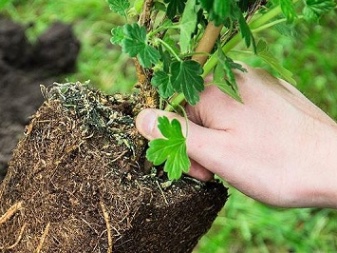
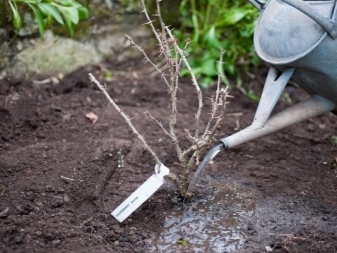
Follow-up care
After planting is complete, you will need to worry about caring for the plant. All activities must be carried out in a timely manner, paying attention to the quality and appearance of the shrub. The size of the crop depends on how you care for the bushes. Irrigation and feeding are the most important procedures.
Watering and feeding
The quality of the land testifies to the need for watering. If you take a lump of soil in your hand, and it crumbles, therefore, the amount of moisture is not enough. The first time it is necessary to water in dry weather at the stage of ovary formation. The second abundant irrigation must be done during the global ripening of berries. Abundant irrigation consists in the application of 20-25 liters of liquid per plant. Between these phases, the usual planned watering of the soil is carried out with a break of 2 weeks. 10 liters of warm water are poured under each shrub.
In spring and summer, fertilizers should consist of organic components. It is preferable to use a solution of cow dung (1 kg per 10 l of water) or bird droppings (1 kg per 20 l of water). 5 liters of solution are poured under the root of each bush. In the fall, gooseberries are fed with a composition of mineral and organic components. To do this, combine 80 g of potassium, 10 g of urea and 30 g of superphosphate. All these ingredients are dissolved in 10 liters of water and 2 liters of composition are added under one bush.
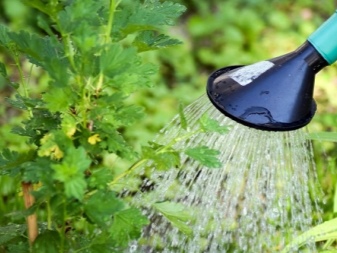
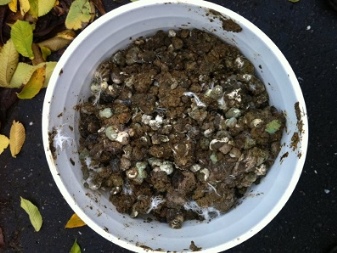
Loosening, destruction of weeds
It is advisable to loosen the soil after irrigation. After watering the land, it is necessary to wait 3 days and loosen the upper soil layer to a shallow depth. Fertilize after a few days. It is necessary to loosen the earth, because under the influence of humidity and the sun, a crust forms on its surface. It does not allow nutrients and air masses to penetrate to the roots.
A huge number of weed plants appear on all household plots, and they must be removed. This not only enhances the aesthetic appearance, but also prevents the appearance of parasites. Some gardeners use chemicals to prevent their occurrence. Only such treatments adversely affect the quality of the shrub and the results of the harvest, therefore, weeds should be removed by hand.
Strive to pull out the weeds along with the roots to extend the break between operations. Weed plants take nutrients from the ground, which interferes with the normal formation of the bush (growth is inhibited, and the berries are made smaller). In addition, they contribute to the fact that the bush stops growing.

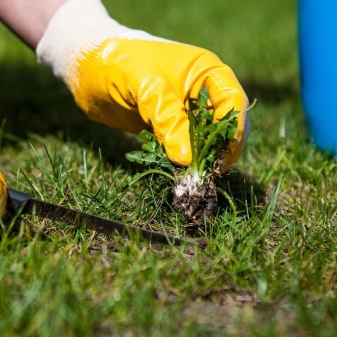
Pruning
Spring pruning is very important in the care of gooseberries. There are several stages.
- Formation before disembarkation. It consists in shortening the shoots. When the branches are strong, then 5 buds are kept on them. For the weak, 1-2 pieces are enough.
- Pruning for the second year. It consists in the removal of weak basal processes. Leave no more than 3 pieces. Due to this procedure, branching is made more abundant, the volumes of yield increase.
- In the third year of existence, each bush should have several shoots of different ages. In this regard, cut off all young shoots growing on developed main branches.
Also, from time to time, all branches that thicken the crown are removed. Frozen branches are also removed, cutting them to the last bud. Sanitary pruning is carried out in autumn. In the fall, dried and damaged branches are cut off.
After pruning, it is necessary to tie the branches to a vertical support to prevent them from breaking off.
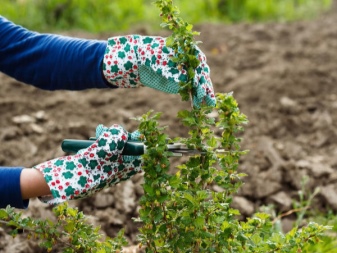














The comment was sent successfully.